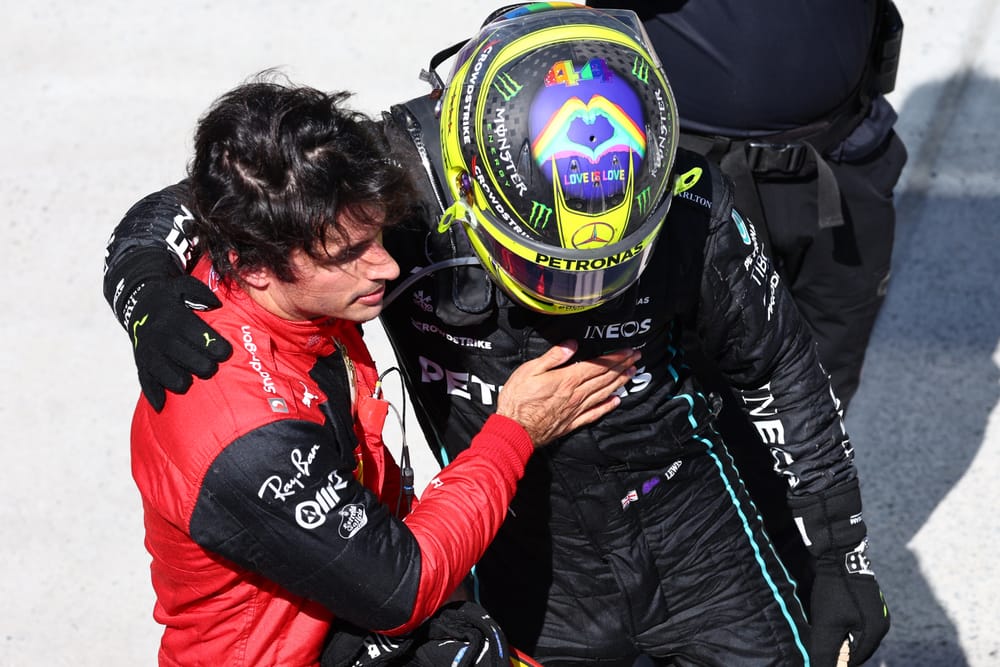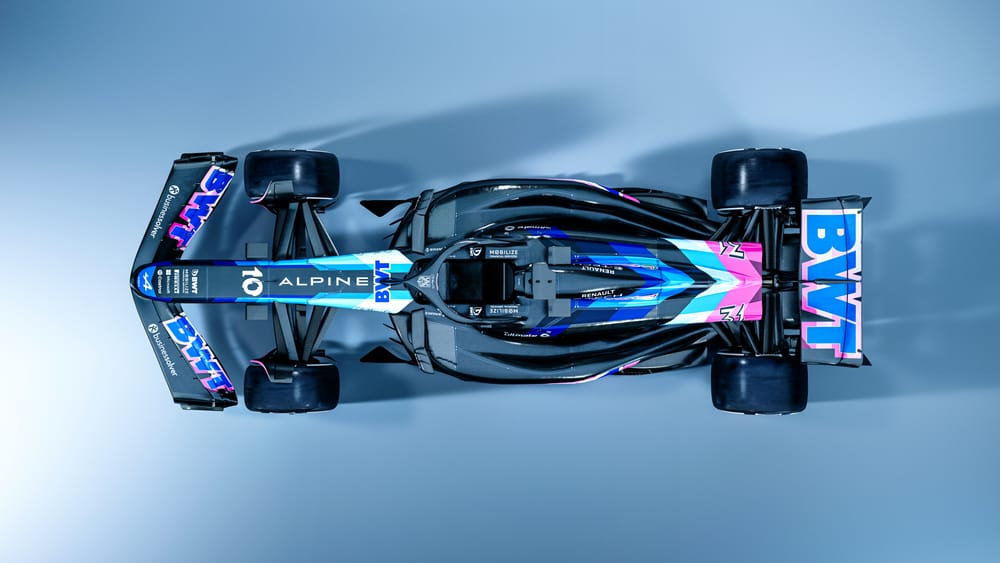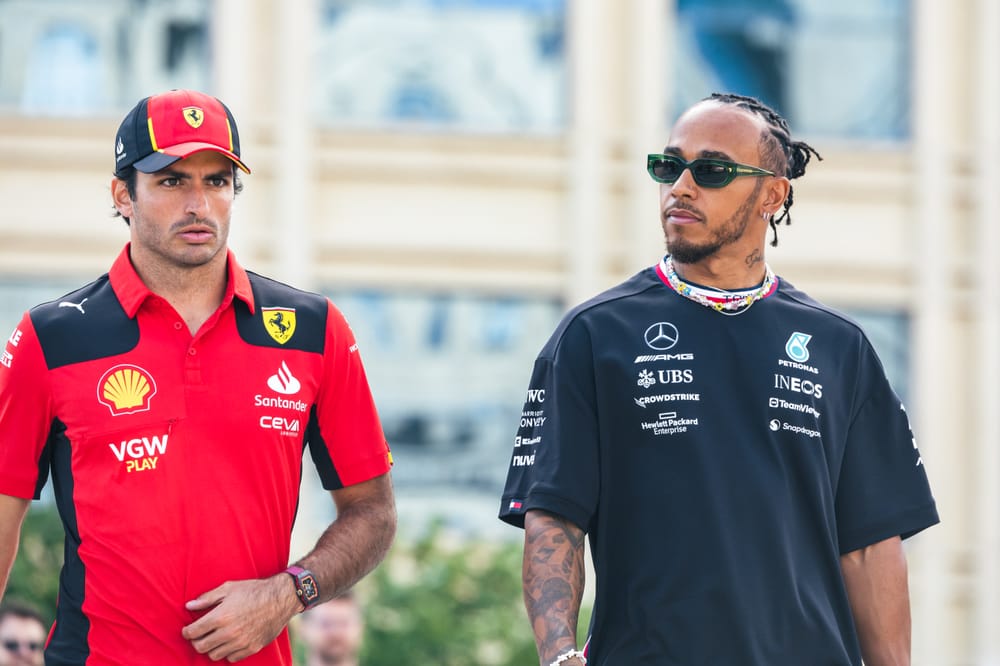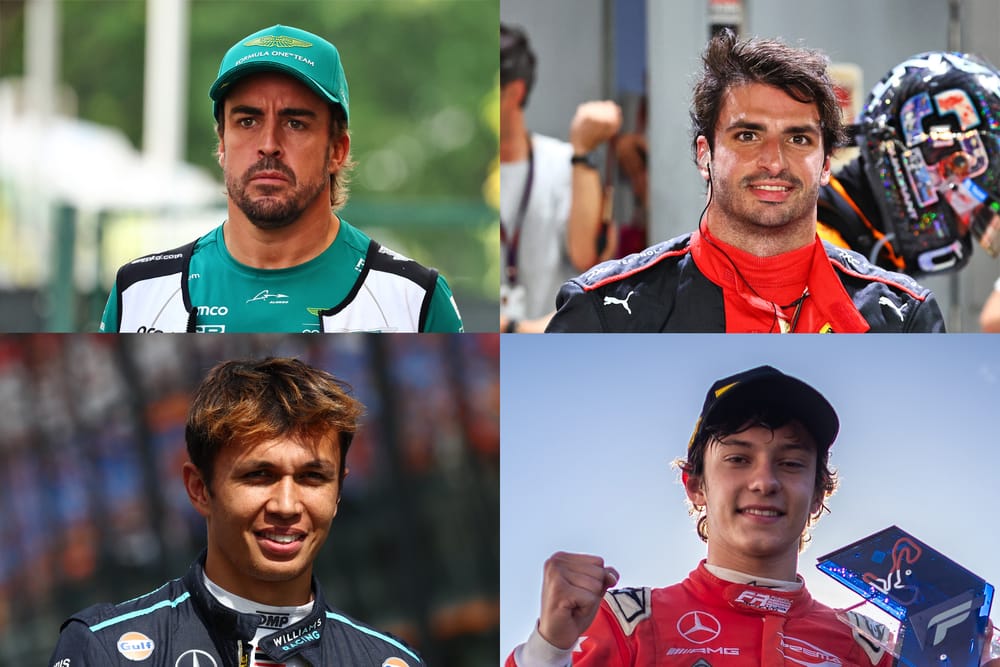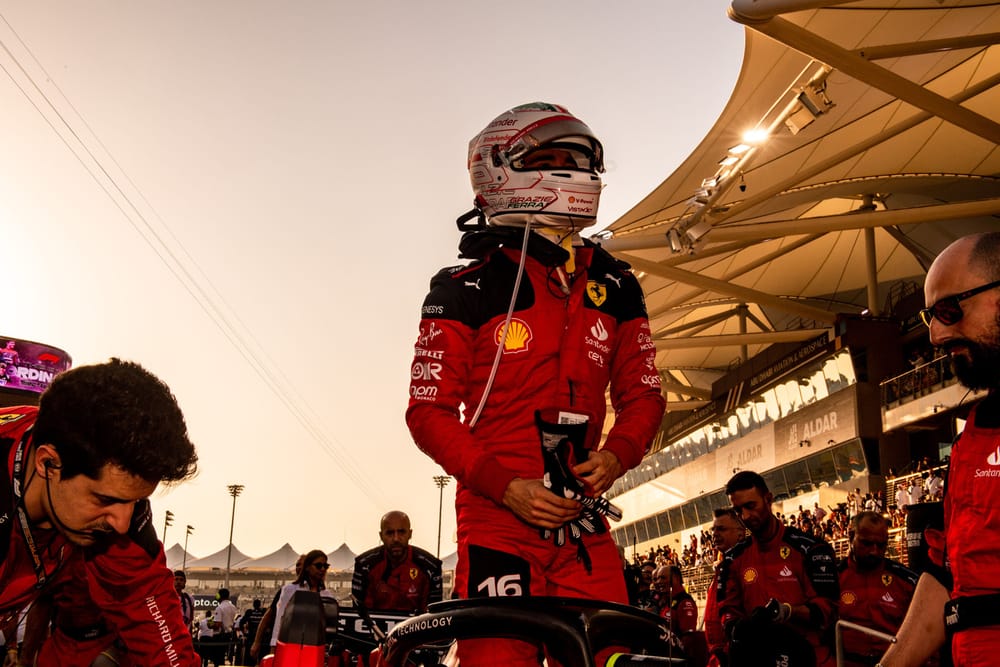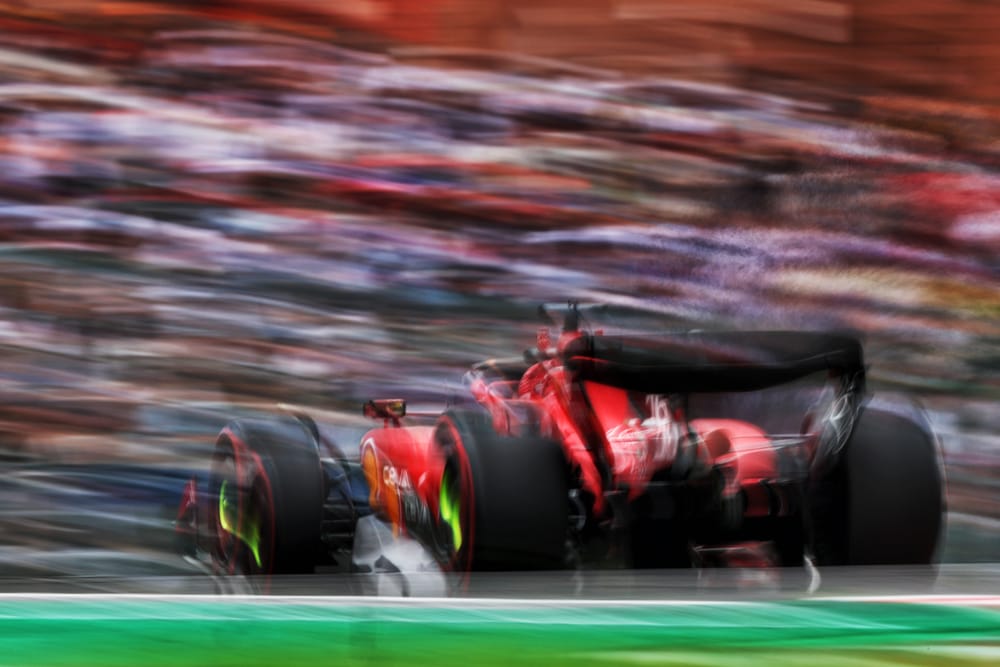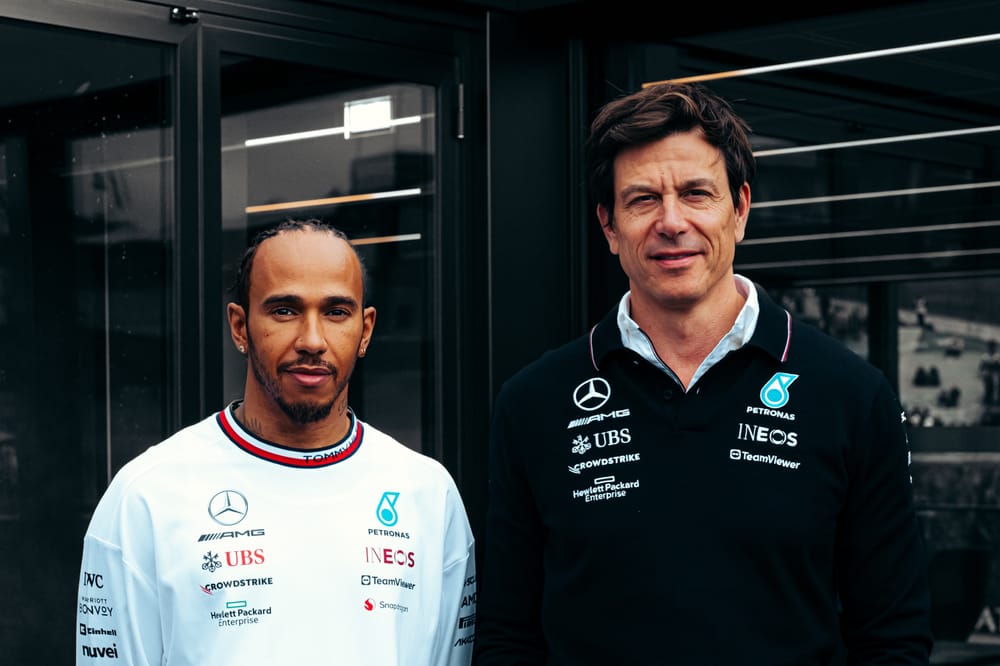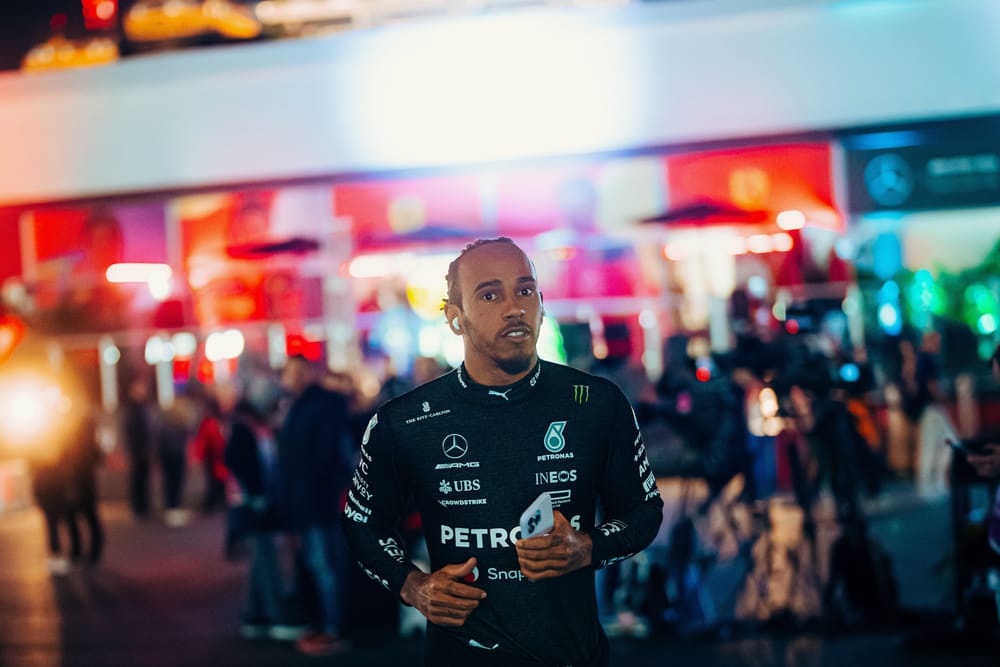Up Next

Lewis Hamilton heading to Ferrari is a hoot. It is a desperately needed shot in the arm to a Formula 1 driver market that had completely flatlined, and to F1 as a whole amid a general lack of championship intrigue that many understandably fear will extend to 2024.
It is a spectacular display of power and pull from Ferrari, which has managed (with a small assist from Mercedes) to break up an iconic driver/team combo that seemed inseparable.
It is a wonderfully romantic twist in the tale for Hamilton, who remains an elite performer nearly two decades into his F1 career and deserves the opportunity to write a career addendum in legendary colours he had dreamed of wearing.
A lot of you, having already seen the headline, will have immediately recognised what I'm doing there, in what I call 'The Coward's Intro' - a series of agreeable, widely-accepted, positive statements to try to help the impending heresy go down a bit easier, to try to signify that the writer isn't insane or deliberately writing in bad faith to provoke anger-based engagement.
That honestly is not the target. And I think none of the above points are particularly up for discussion. Lewis Hamilton's second big move is a net positive for F1, and it should be a net positive for Ferrari.
But I strongly believe it's not the absolute no-brainer slam-dunk it may appear – because of the driver Ferrari is discarding.
There is a range of potential outcomes where putting Hamilton in alongside Leclerc at Ferrari instead of Sainz doesn’t make that big a difference on-track, at least not compared to the huge marketing win it undoubtedly will be for Ferrari and F1.
And the argument for this is two-fold. The actual comparison between Lewis Hamilton and Carlos Sainz as they are right now is just one side of the coin.
The two drivers
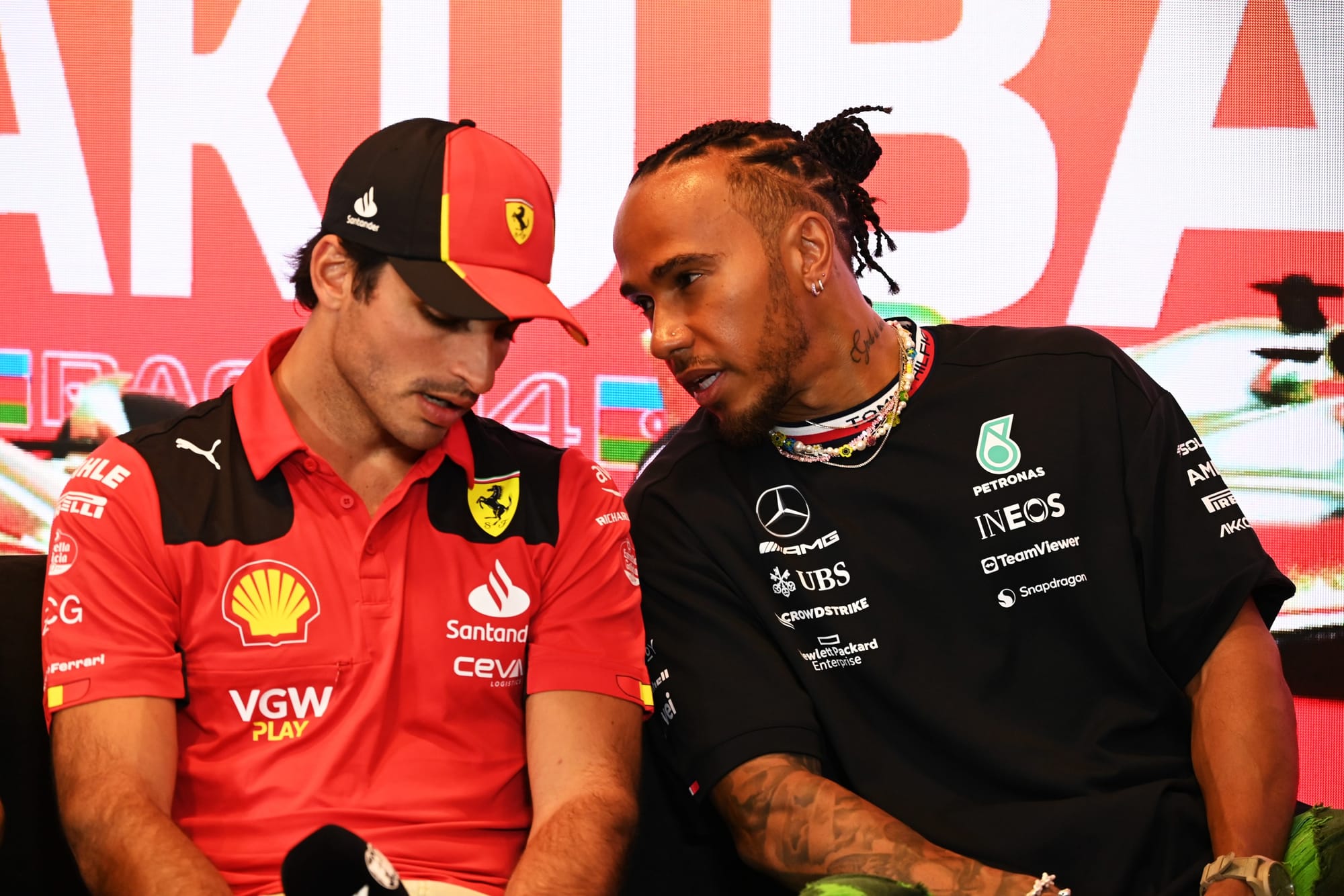
Of course, there is no comparing Hamilton and Sainz in terms of total career F1 output. Sainz would need to somehow win something like 60-70% of all the F1 races he contests from this point on before age catches up with him to match Hamilton's legacy. It's not happening.
But that's not really relevant. Ferrari isn't signing the 2008 Hamilton or the 2017 Hamilton, no more than it is releasing the less convincing 2018 Renault version of Sainz or, like, the 1994 newborn Sainz.
What matters is who they are at the moment of Ferrari committing to the decision.
Hamilton finished four places and 34 points ahead of Sainz in 2023, in a Mercedes that was probably more or less comparable to Sainz's Ferrari in terms of its average potency for the season.
In our overall ranking of F1 drivers in 2023, Hamilton ranked fifth, and Sainz was two places lower.
On the whole, even if you take only the seasons since Sainz joined Ferrari and since Hamilton last won the drivers' championship, Hamilton has been the stronger performer.
But... it's not exactly a chasm, right?
We can't compare them head to head, as they haven't driven the same car, so it's a situation where their respective team-mates - George Russell and Charles Leclerc - come into play.
Championship points are a noisy metric of limited use, but they do at least in a way encompass all sides of performance, so allow for a basic overview over a decent sample size (given how large F1 calendars have become).
In their time at Mercedes together, Hamilton has so far outscored Russell by 24 points - 0.55 points per round.
At Ferrari, Leclerc has amassed 62.5 points more than Sainz - 0.95 points more per round.
In both cases, it's a tangible gap. In both cases, it's not exactly a large one.
Sainz as Leclerc's counterpart
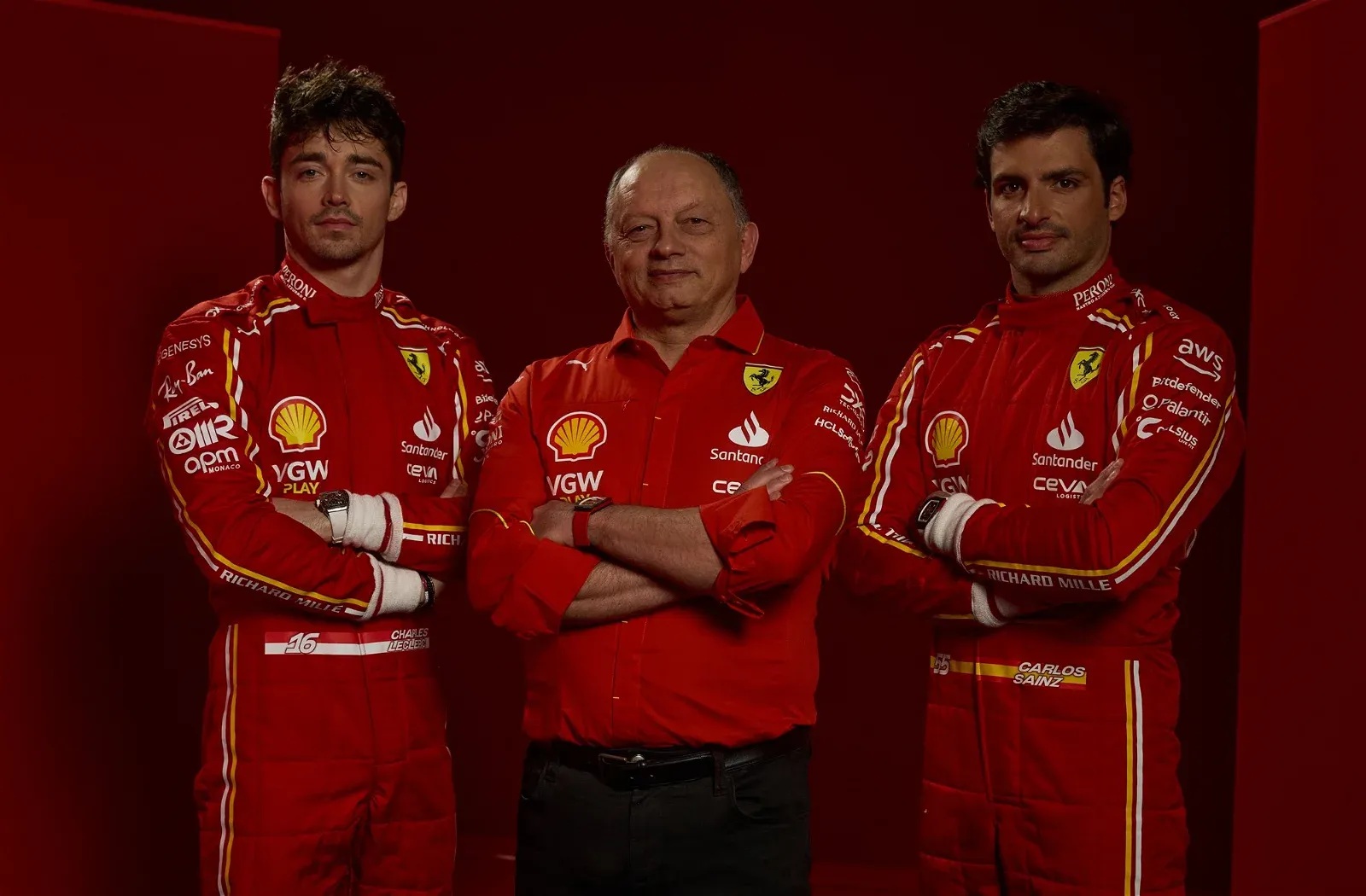
And the consensus view is probably that Leclerc is tougher opposition than Russell still at this point - slightly higher-rated, slightly more experienced, with a reputation for the kind of single-lap mastery that even F1's current maestro Max Verstappen maybe doesn't possess.
Ferrari clearly believes enough in Leclerc to keep feeding him multi-year extensions. It’s spent the last half-decade giving the impression it’s building its future around Leclerc. And throwing in a driver of Hamilton’s stature and profile feels counter to that – another side reason why it’s a riskier and more potentially disruptive move than it may appear at first glance.
Meanwhile, Sainz, over what is now a very credible sample size, has proven a driver who's half a step behind Leclerc at worst.
Sainz has been beaten on single-lap pace, but not dominated in the same way as Leclerc's previous team-mates (Marcus Ericsson and Hamilton’s sometime arch-rival Sebastian Vettel). Even in that late-2023 spell in which Leclerc was at his most comfortable with the Ferrari, Sainz was on average within two tenths of a second - and for most of their time together he has been closer than that.
There has been no shortage of recent F1 weekends in which Leclerc was putting on a qualifying clinic but Sainz was following him close segment-by-segment. And there have been pronounced stretches in which Sainz was just flat out better, most notably in mid-2023, when Leclerc was limited by an understeering-by-necessity car.
This is a stick Sainz is clearly often beaten with - that with Ferrari he's been at his best when it's mattered the least. The worse the car, the better he's been relative to Leclerc.
If we exclude the not-even-worth-contemplating-but-you-do-you conspiracy theory that the apparently infinitely powerful Sainz lobby has been deliberately getting Ferrari to diminish its cars' performance ceiling so that Sainz could just get one over Leclerc, it is still undeniable that there is something of a trend across the three years of Sainz excelling during Ferrari's lower ebbs.
But it's not like Sainz hasn't won grands prix and taken poles in Ferraris that looked genuinely capable of winning grands prix and taking poles, and it's certainly not like the end-of-2023 car that Leclerc was extracting more out of was a Red Bull-beater already. Their respective reputations and skillsets aren’t as simple as they’re often portrayed.
2025 and beyond
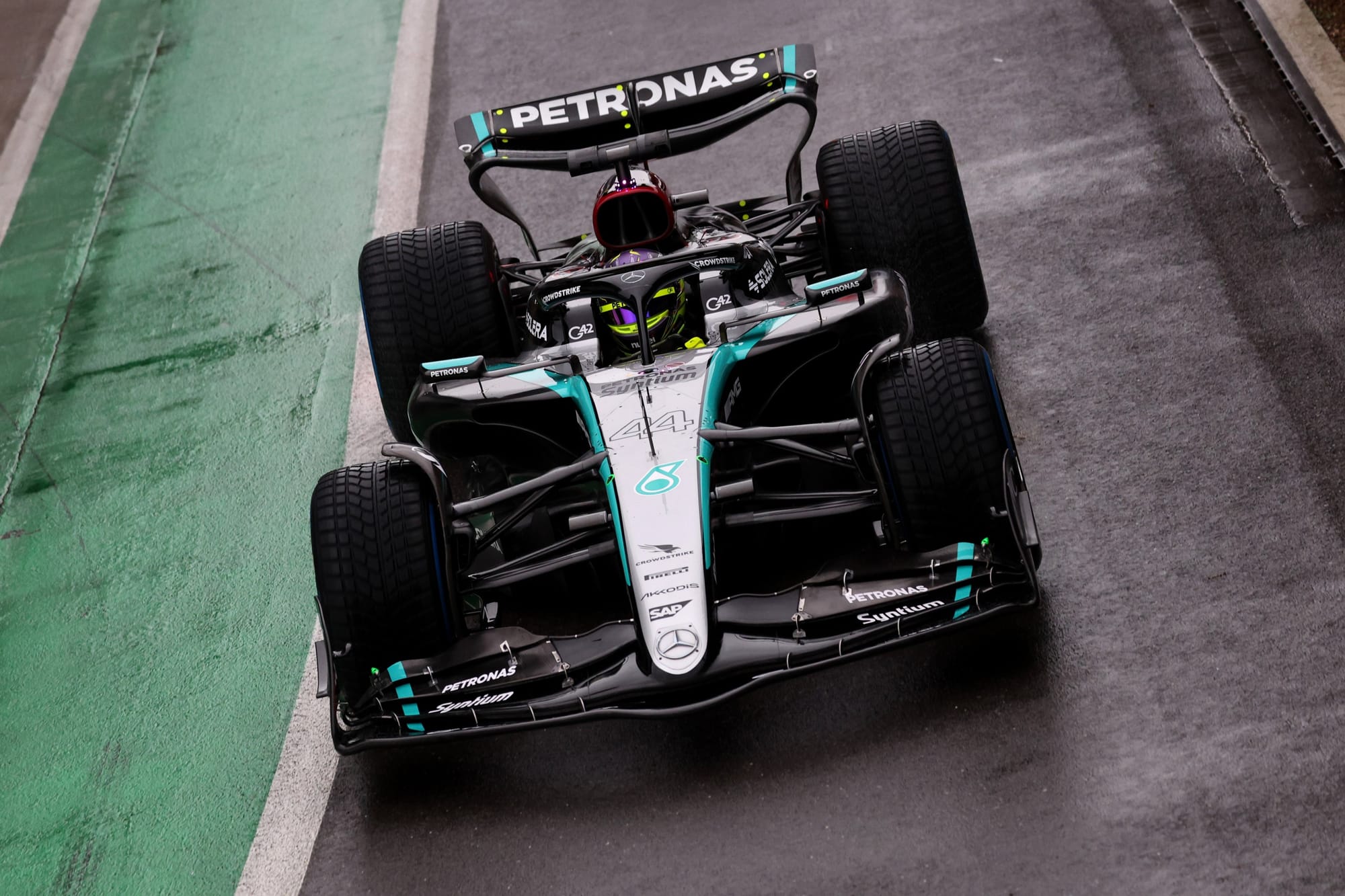
If Ferrari had Hamilton in its car this season already, it could probably be reasonably confident of Hamilton at least matching Sainz's qualifying performances while doing some of his usual magic in races.
For all of the flaws of the recent Mercedes cars, Hamilton has shown again and again that he remains an uncannily, mind-bogglingly effective operator in terms of setting a pace over a stint.
In this writer's view, it's that ability - those sector times that just make no sense, that supremely-managed drop-off - that best represents the greatness of Mercedes-era Hamilton, and in 2024 it remains worth writing nearly a blank cheque for.
But he isn't getting into that Ferrari in 2024 - when Hamilton drives an SF-TBC, presumably at Fiorano, for the first time next year he will be 40. And when he drives Ferrari's first car built to the upcoming new regulations, he will be 41.
Ferrari has passed up a long-term commitment to Sainz through ages 30-32, which very plausibly could represent his peak, to commit to Hamilton for ages 40-42.
And, OK, it's obviously not trying to get peak Hamilton, and Hamilton anywhere near his peak is still a good signing, and thanks to Fernando Alonso there's a clear template for driving brilliantly into your 40s even in the modern more-races-than-ever F1.
But you can't forecast competitive decline. And, as time is undefeated, Ferrari has to be aware of the possibility that by the time Hamilton is officially on board, he can't quite eke out the same kind of laptime as now.
A COUP BUT WITH QUESTION MARKS
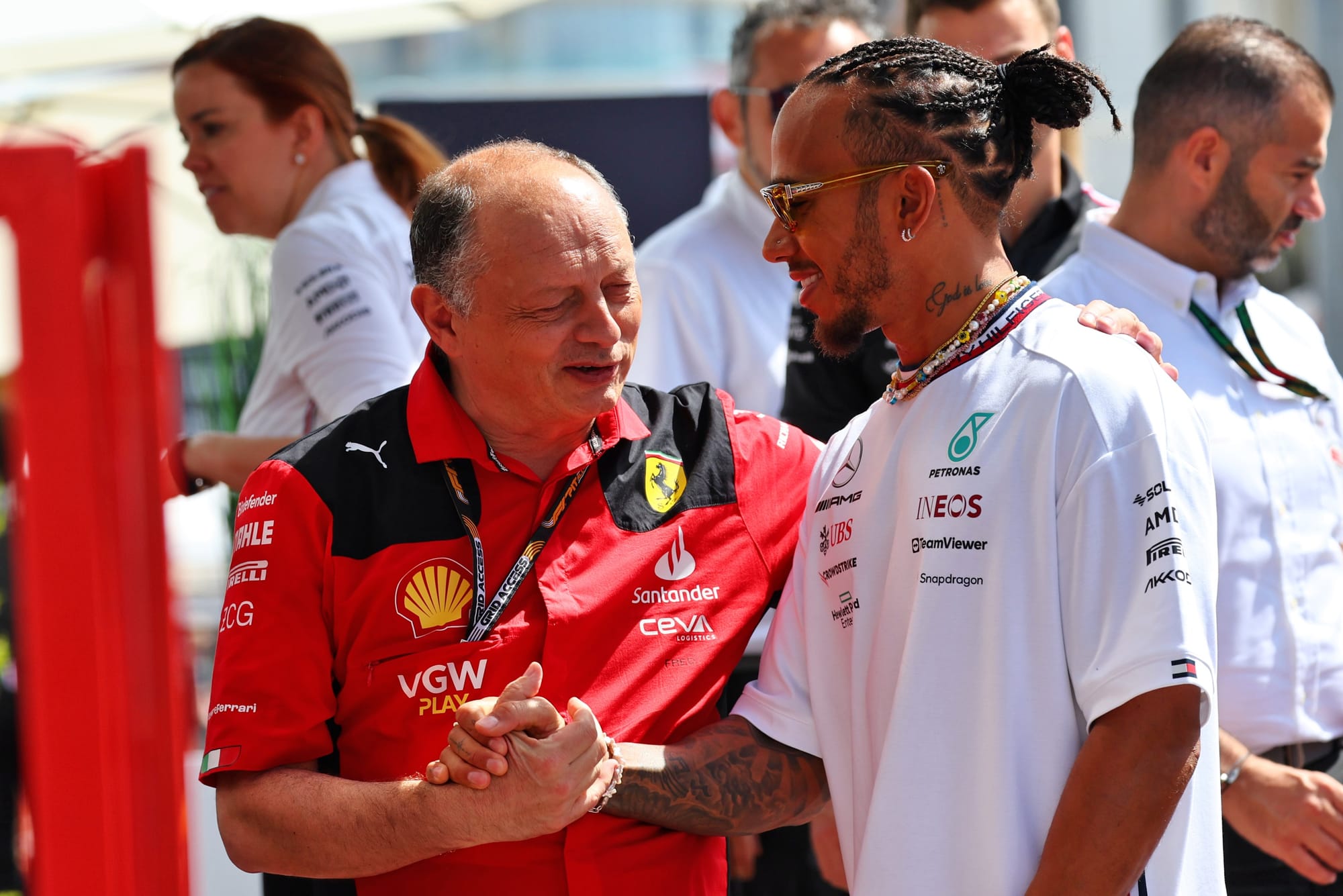
The question of how much longer Hamilton can sustain this level of performance, and whether he will be as strong a driver in 2025 and 2026 as he has been in 2023 (the most recent campaign on which Ferrari based its decision) is a hypothetical, but it's not a far-out hypothetical.
As Hamilton himself put it late last year, “There are always going to be moments when you’re like, ‘Is it me or is it the car?’ Do you still have it? Has it gone?"
Clearly, he's aware that the speed won't be there forever. More pertinently, Mercedes is aware of it.
It has been and will continue to be dragged through the coals for its decision to sign Hamilton to only a short-ish deal with an exit clause, but it knows why it did that - and it wouldn't have acted the way it did if age wasn't a consideration.
Of course, Mercedes has Andrea Kimi Antonelli in the wings, a prospect in whom its massive faith is increasingly clear. Ferrari does have a hyped prospect of its own, but while Ollie Bearman is clearly destined for F1, Ferrari is clearly OK with the idea of cutting off his route to the main team until at least 2027, potentially 2028.
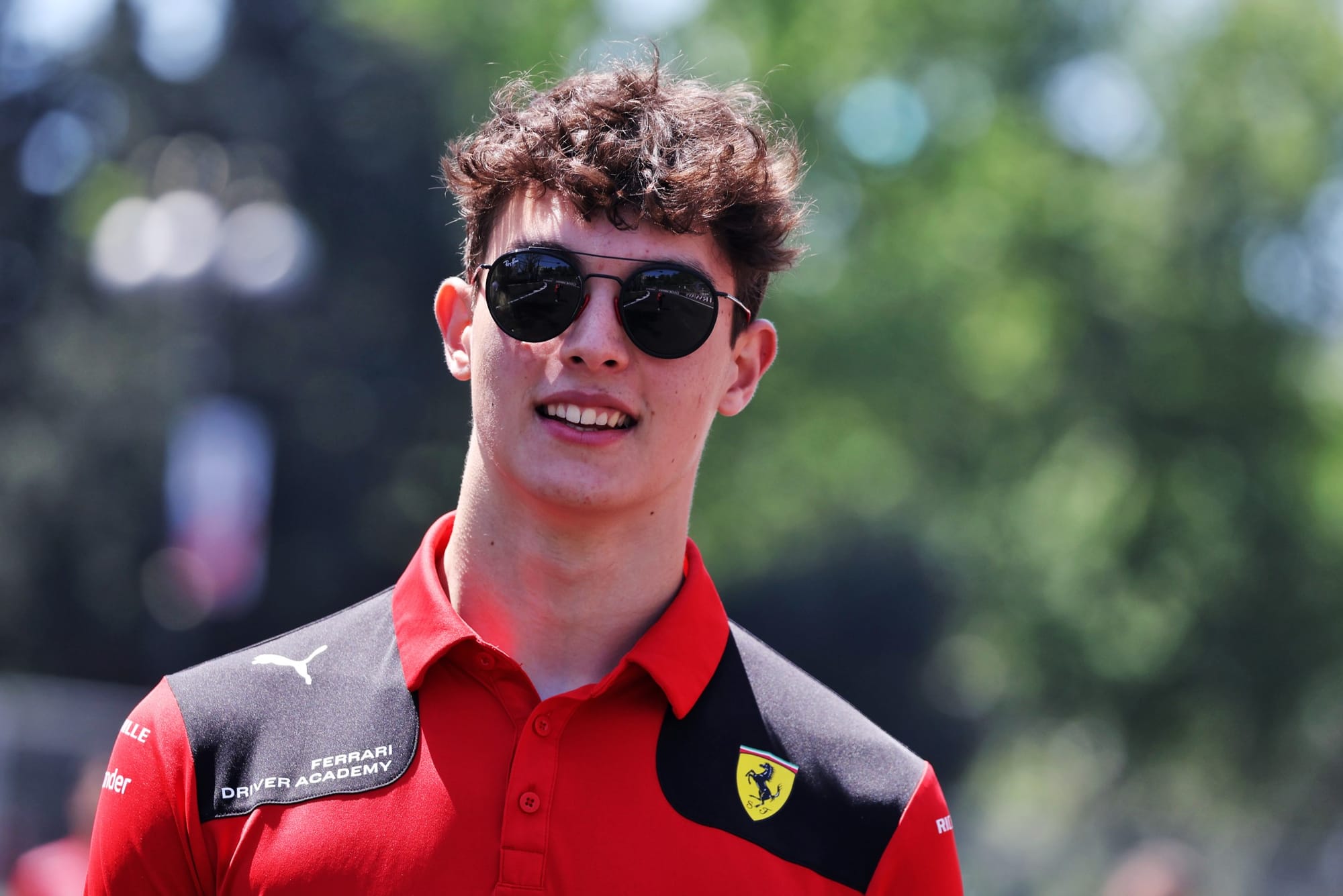
That, too, is the price of signing Hamilton. And I'm not saying it's not a price worth paying, just like I'm not saying that a split with Sainz isn't a price worth paying.
Hamilton may well upstage Sainz immediately in Ferrari red. Sainz may even now drop in his performance (it's never great for a driver to drive for a team that has effectively admitted it doesn't want you) while Hamilton is revitalised in his final year at Mercedes by long-term job security and the impending realisation of a childhood dream.
And there's every possibility that the injection of Hamilton's experience, the ideas he brings with him, is worth it by itself to Ferrari even before we get to the on-track performances.
But Ferrari was already in a pretty good place with its driver line-up. And we have to leave enough room for the possibility that it won't actually get better.


